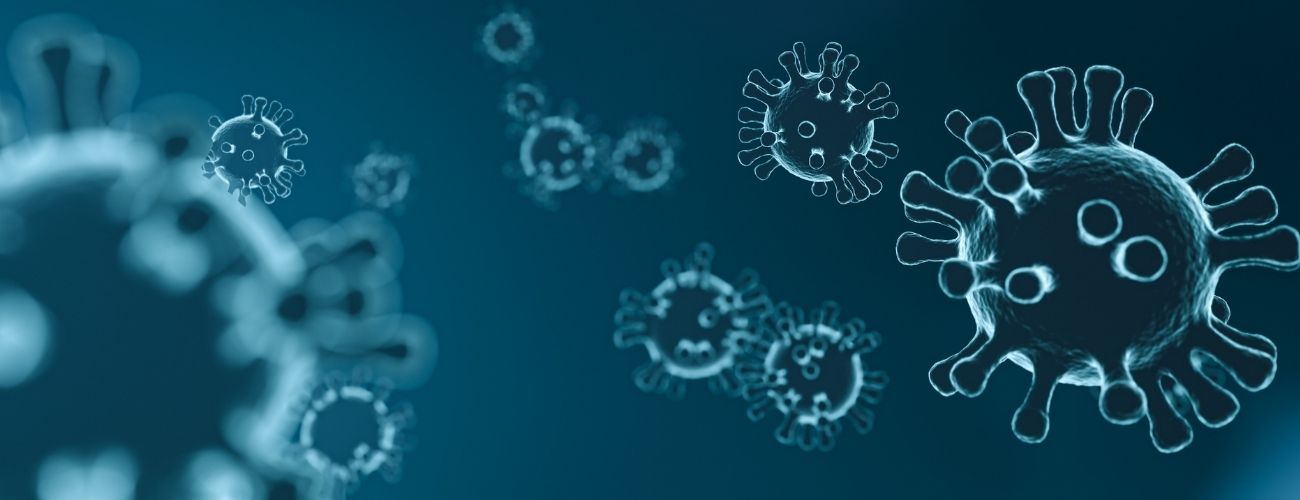If you think about a virus like a tree growing and branching out; each branch on the tree is slightly different than the others. By comparing the branches, scientists can label them according to the differences. These small differences, or variants, have been studied and identified since the beginning of the pandemic. Some variations allow the virus to spread more easily or make it resistant to treatments or vaccines. Those variants must be monitored more carefully.- CDC
As time passes, viruses like CV19 and the flu constantly mutate, and new variants such as the well-known Delta variant emerge. Currently, the original strain that caused the initial CV19 cases in early 2020 is almost completely absent from circulation as the newer variants that are spreading (Delta, Alpha, Gamma, Lambda) are now making up most cases around the world.
A virus infects a person from the inside by hijacking their cells’ replication machinery to make copies of their own RNA (ribonucleic acid). This allows the virus to multiply and spread throughout the body. Since the copying process is performed repeatedly, mistakes are inevitable, resulting in new forms of the virus known as mutations. These mutations can sometimes be more dangerous and contagious than the original and if the infected person spreads it to others, it can become more prevalent.
These random variations of the virus all behave in different ways than the original strain, with some versions that can be more contagious and spread faster than the original. Because of this, vaccines are constantly being evaluated for their effectiveness against the new variants. The latest variant to spread in the US, the Delta variant, is more contagious than the original virus strain. The original virus’s infection rate was estimated to be able to infect about 2.5 people from a singular infected person. In contrast, the delta variant is estimated to be contagious enough to infect 5-8 people from a singular infected person.
CV19 tests will indicate a positive result in the presence of the original strain as well as all variants, however they cannot detect which specific variant a person is infected with. To find out which strain or variant someone is infected with, genomic sequencing needs to be performed on a sample from someone who is infected. Genomic sequencing decodes the coronavirus’ complete set of genes and searches for new mutations. Some local and state health departments have access to genomic sequencing which helps determine how prevalent a new variant is becoming.
The best ways to slow the spread of the CV19 virus and its variants are to get vaccinated, wear a mask that covers your nose and mouth, and stay 6 feet apart from those who don’t live with you.


